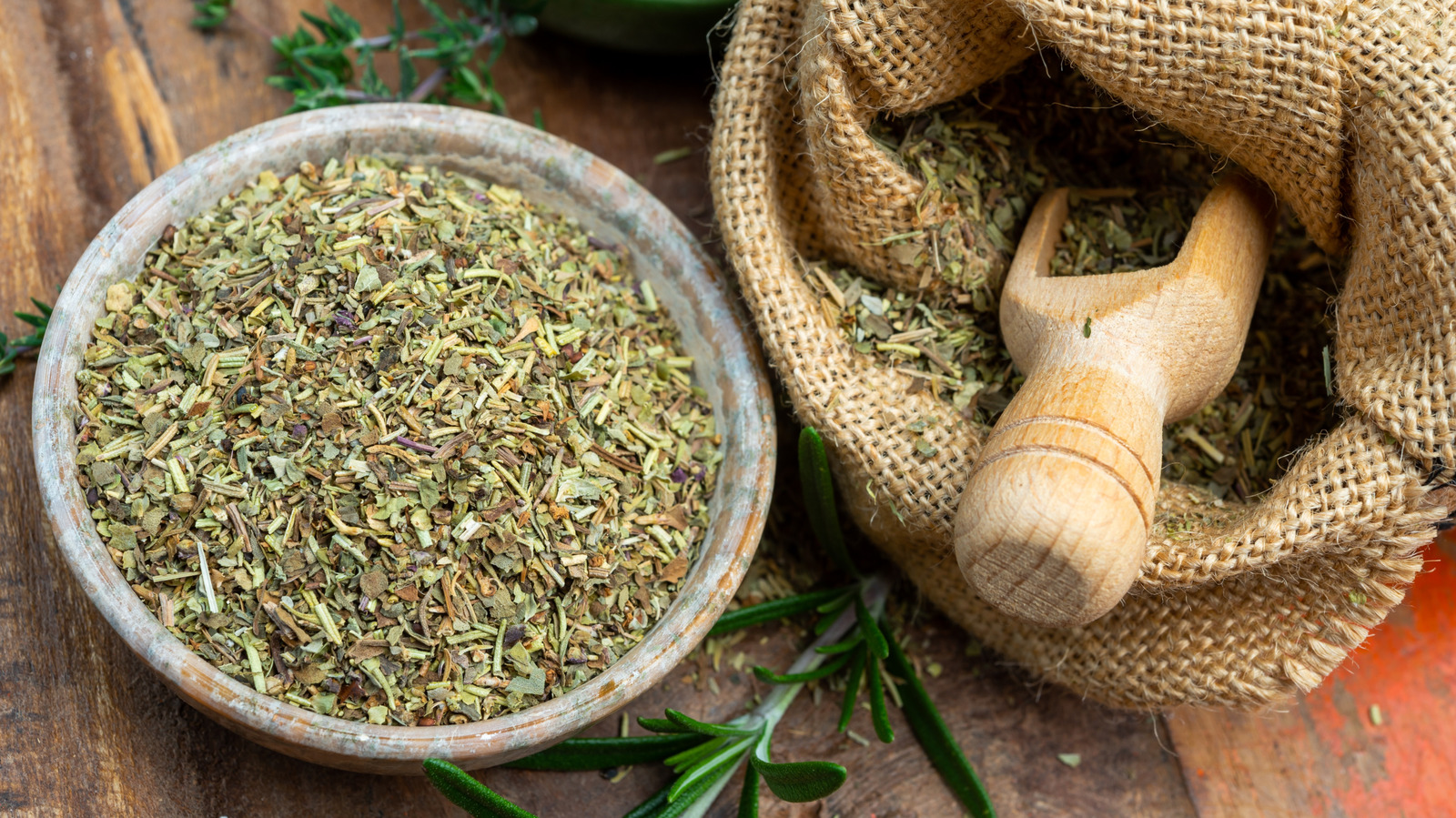
"While there are commonalities in the presence of dried basil, rosemary, thyme, and marjoram in all three seasonings, each has a specific herbal focus that makes it unique from the others. Grueneberg notes that the primary difference with herbs de Provence is that the seasoning "includes lavender, which produces a different flavor." She adds that "Italian and Tuscan are more oregano- and basil-forward, and Tuscan has the addition of fennel.""
"Keeping a number of seasonings on hand is ideal for experimenting with differences in tastes that may be new to you. If variety is the spice of life, then surely a variety of spices and seasonings will breathe new life into your favorite foods. Additionally, Grueneberg notes that each of these three seasonings can be used in specific recipes to enhance the overall flavor."
Tuscan, Italian, and herbs de Provence blends share dried basil, rosemary, thyme, and marjoram but differ in their dominant notes. Herbs de Provence features lavender, producing a floral character that alters savory dishes. Italian and Tuscan blends are more oregano- and basil-forward, with Tuscan including fennel for a subtle anise-like warmth. Each blend offers concentrated dried-herb flavor and versatility across recipes. Keeping multiple seasonings on hand enables culinary experimentation and lets cooks match specific blends—such as herbs de Provence—with dishes like roast chicken or potatoes to highlight particular flavor notes.
Read at Tasting Table
Unable to calculate read time
Collection
[
|
...
]